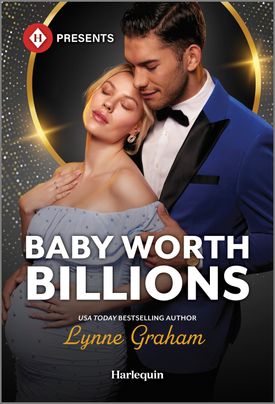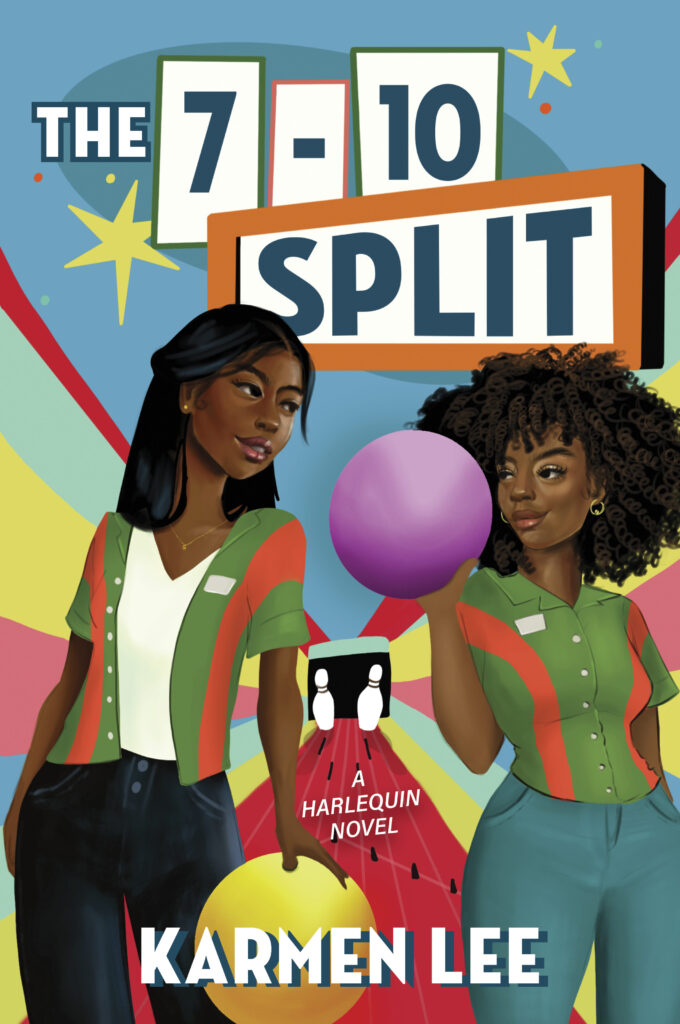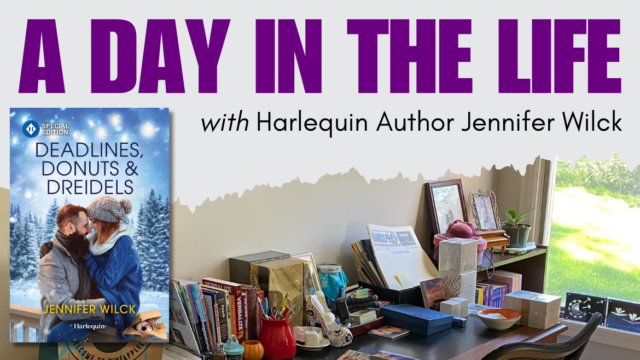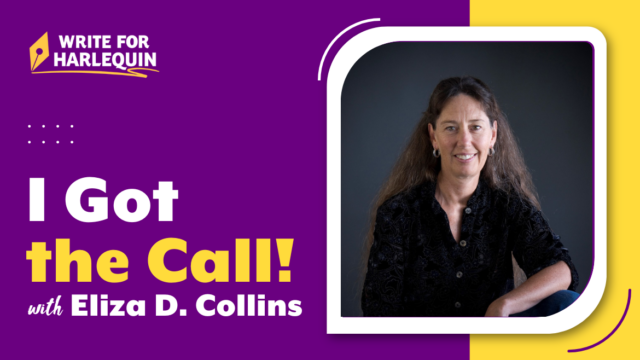
Got an idea for a new Harlequin romance? Fantastic! Now that inspiration has struck, I’m sure you’re eager to dive into writing. But first, it can be valuable to devote some time to developing and finessing your initial concept to ensure you’re hitting all of the key components once you do put pen to paper (or hands to keyboards!). So here are our 5 top tips for how to hone your story idea!
1. Study your series
It may seem obvious, but understanding which series your voice and story idea are best suited to is so important. Editors are always looking for targeted submissions that demonstrate a clear grasp of the parameters, expectations and tone of their particular line. Consider who you’re writing for and what makes that series special.
And once you’ve chosen your series? Now it’s time to study those guidelines! The series promise will guide so much of your story’s development. What word length does that series publish? This will be crucial when considering the pacing as you plot your story! What sensuality level is accepted? There’s a big difference between the spice content in an Afterglow book compared to a Love Inspired story, and this will play a big part in how you develop your characters’ relationship. What makes that series unique/what elements are essential? For example, if you’re writing a Medical Romance, you’ll need to consider how to layer in plenty of high stakes medical drama and how that will be used to progress the romance between your protagonists. Or if you’re writing a Presents, how will you ensure you’re delivering enough of that all-important intensity, making sure every key moment is as dramatic and impactful as possible?
Top tip: READ READ READ! Reading widely across the series you’re thinking of submitting to is the best way to become familiar with what editors will be looking for in your story. Choose from our fantastic selection of romances, curl up in your comfiest reading spot, and dive in!



2. Get to know your characters
You probably have some ideas about who your characters are at this stage—brilliant! Now it’s time to get to know them better. Mapping out your protagonists can give you a clearer picture of what their journey throughout the story will be, which will help you write them in a more consistent and convincing way. You want your protagonists to be interesting (make your readers want to know more about them!), likeable (even when they make questionable choices or do bad things, you want readers to be able to sympathize with their motivations and root for their HEA), and believable (make sure their behavior feels authentic, so that your readers can relate to them). It can be helpful to ask yourself…
- How old are they?
- What profession are they in?
- Where are they from?
- What do they look like?
- What was their upbringing like?
- What is their relationship history?
- What have they been through in their life so far that’s shaped them?
- What are their hopes and dreams? What’s important to them?
- What are their fears?
- What is their outlook on relationships and love, and what barriers might be stopping them from pursuing a HEA for themselves?
- Where are they at the start of the story, and where do you want them to be by the end?
- And, crucially, what makes them the perfect match for the other protagonist? What shared experiences might they bond over, and what differences help them complete each other?
Flesh your protagonists out into fully formed people and watch your story take shape before your eyes! Knowing your characters inside and out will make crafting their motivations, goals and behavior as you’re writing much more natural and believable.
3. Conflict is crucial
The emotional conflict is one of the fundamental elements of a Harlequin romance! When you’re honing your story idea, we would encourage you to give plenty of thought to what your protagonists have been through in their lives, and what emotional barriers they will have to help each other work through before they can claim their HEA. To help you build strong internal conflicts that develop throughout the story, plan out the emotional arc for both of your protagonists. It can be useful to map out their whole lives – what is it that shaped each of them into the person they are now? What emotional obstacles will they have to overcome to be together? This will help you to write emotionally-driven turning points in the story that develop the romance. The reader needs to see what motivates the characters to act the way they do, so always ask yourself why. With this focus, your story will automatically have more emotional depth, and it will help you avoid inconsistencies in your characters’ personalities and actions.
Top tip: We want to see the conflict arising primarily from your characters’ internal barriers, rather than from external factors (such as an ex returning to cause problems, or an evil step-sibling plotting to break them up!). We like to ask our authors: if your characters were locked in a room alone together for the duration of the story, would the conflicts you’ve planned be sufficient to drive the tension? Just the two of them, no external forces—do their reasons to resist their feelings for one another hold up?

4. The perfect plot: getting the pacing ‘just right’
When developing your story idea, you’ll also want to consider the pacing. You want to ensure there’s enough drama and action to make your story compelling, but you also don’t want the plot to feel rushed and convoluted, or for the action—whether that’s historical battles, suspense plots or medical drama—to overwhelm the romance. The central relationship should be the firm focus!
This can be a bit of a learning curve, but mapping out the structure of your story before you start writing will highlight where the pace may drop, or where you could benefit from layering in more romance and emotional connection between your characters to balance the action and ensure the progression of their relationship feels authentic. What key scenes do you want to include? What order of events would be the most effective? What’s the timeline for your story?
Top tip: You want every scene to add to the development of the story. If a scene gives readers no new information, and the story would still hang together without it, then it’s probably not needed!
5. The power of tropes
At the end of the day, editors are looking to acquire books they can sell. So, making sure your story incorporates some popular romance tropes is one way to help it stand out! Familiarize yourself with what the tropes are, consider what’s currently trending in the romance genre, and then analyze your story idea through a commercial lens. What key tropes and themes have you included? Will this story appeal to a wide readership? Is there room to layer in another trope or two? Whilst writing to tropes may seem restrictive, it really isn’t! There are so many romance tropes, and infinite ways you could combine them to create a really unique story.
To get you started, here are just a few of the tropes we love at Harlequin: fake dating, friends to lovers, enemies to lovers, marriage of convenience, surprise pregnancy, secret baby, workplace romance, second chance/reunion romance, forced proximity, and grumpy x sunshine.
Top tip: Just remember that some of these tropes and themes are more popular in some Harlequin series than others. So, make sure to check out the series guidelines and the recent releases from the series you’re interested in for more information on what they want to see in their submissions.
And don’t forget to head over to our Trope Spotlight blog series for a deep dive on some of the most popular romance tropes!

Follow the full roadmap:
#1: 5 Questions to Ask Yourself Before Starting Your Romance Novel



